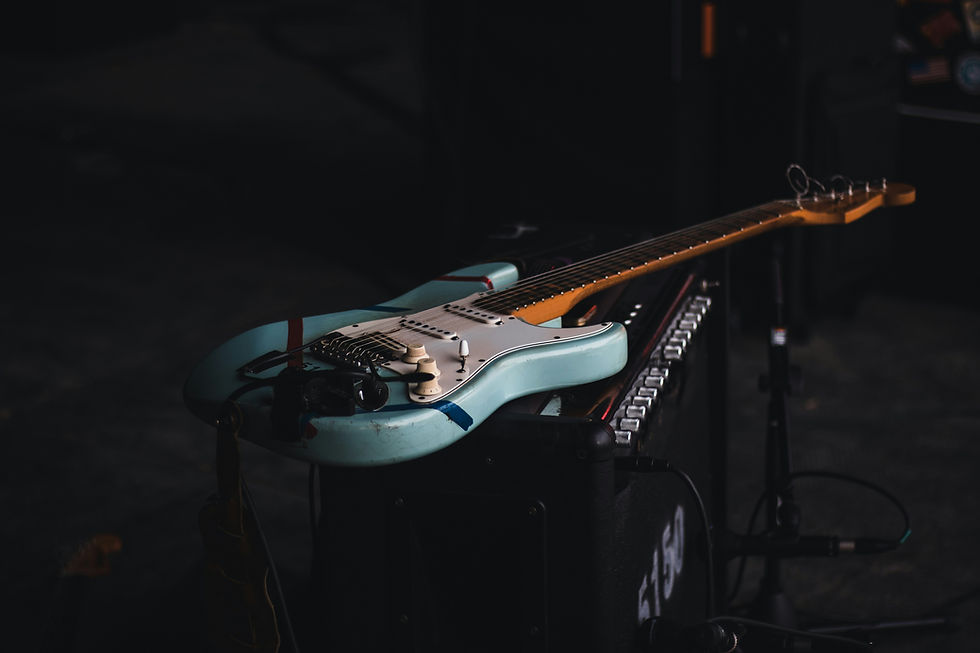Larks and Owls
- Michelle Monette

- Nov 13, 2022
- 2 min read

Since we are all limited in how much time we have to spend on music, it becomes vital to optimize our musical lives so we are as effective and efficient as possible. The most obvious ways to accomplish this are: being intentional about what we work on, by focusing primarily on the work most critical to our goals; and being deliberate about how we tackle our work, so we get the most out of the music time we do have.
But another important element to consider is when to work on music.
In their book Peak Performance, Brad Stulberg and Steve Magness explain that we each have a chronotype, which is “the unique ebb and flow of energy that everyone experiences over the course of 24 hours.”
People will fall into one of two categories: larks, who experience the most energy during the first part of the day; and owls, who are most alert during the later part of the day.
Tasks requiring our full attention, like those that are physically and cognitively demanding, are best completed at times when we have the most energy. On the flip side, our creative tasks, which don’t require the same intensity of focus, are best done when we are less alert and our conscious mind is less active.
Therefore, larks perform their best with physically and cognitively demanding tasks earlier in the day, and creative tasks later in the day. With owls, it is reversed: it is best to face the most demanding challenges later, and to be creative earlier.
I fall into the “lark'' group and have designed my routine accordingly. The most demanding music work I do is practicing, which gets scheduled in the mornings and early afternoons. My late afternoons and early evenings are reserved for songwriting and production, which require more creativity.
Knowing your chronotype, and how best to schedule musical activities around it, will help you refine your routine in a way that works with your brain and body. This will offer you a better musical experience, and yield greater results.







Comments